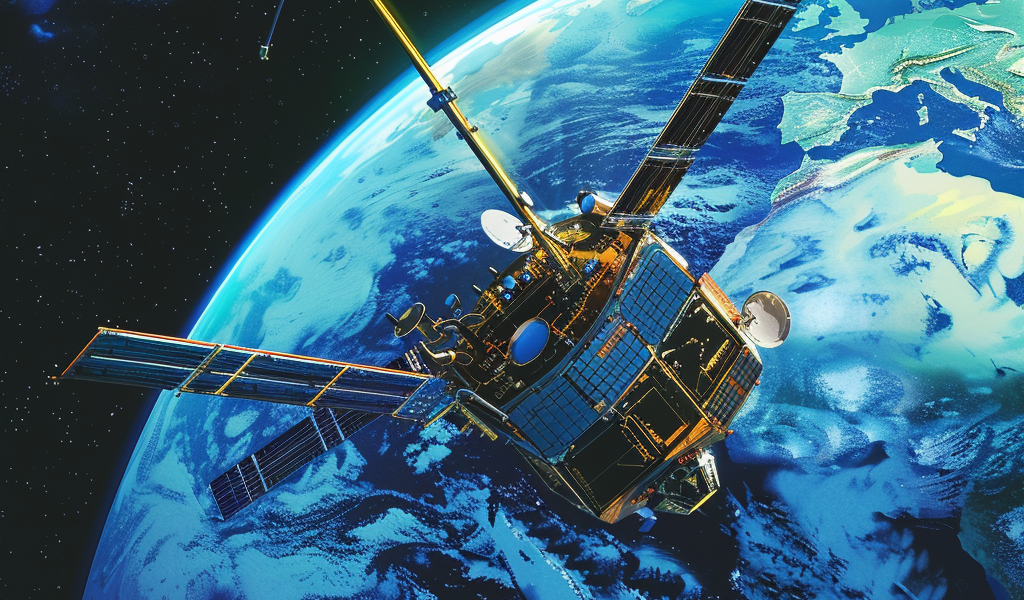The highly anticipated NISAR (NASA-ISRO Synthetic Aperture Radar) mission, a significant collaboration between India and the United States, is now facing a delay in its launch timeline. According to recent updates, the mission will not be launching this year as it was not included in the Indian Space Research Organisation’s (ISRO) plans submitted to the Lok Sabha.
NISAR is designed to provide detailed Earth observations, capable of capturing changes as small as one centimeter. This groundbreaking mission aims to study various Earth processes, including glacier retreat, vegetation changes, and seismic activities, making it a vital tool for understanding our planet’s dynamics.
Initially, the NISAR mission was slated for launch in the first half of this year. The spacecraft was assembled in the United States and delivered to Bengaluru last year. However, during further testing, issues were identified with a crucial 12-meter antenna that required enhancements. As a result, the spacecraft had to be sent back to the United States for these necessary upgrades earlier this year.
Despite these challenges, ISRO had maintained optimism about a potential launch in the latter half of the year. However, the recent response from the Lok Sabha suggests that the mission is unlikely to proceed this year, raising concerns about the timeline of this important project.
In light of the NISAR mission’s delay, ISRO is focusing on several other planned missions in the coming months. The organization aims to launch at least six missions over the next five months. Among these is the first unmanned flight under the Gaganyaan program, which is expected to pave the way for human spaceflight in India’s future endeavors.
Another significant mission on ISRO’s agenda is the Spadex mission, which aims to demonstrate the agency’s capability to assemble satellite components in space. This mission is critical for laying the groundwork for a permanent space station, with aspirations for completion by 2030. The Spadex mission is anticipated to take place by November or December of this year.
In addition to the Spadex mission, ISRO plans to launch the TDS-01 mission, which will serve as a technology demonstration for an electronic propulsion system developed by the Institute for Plasma Research in Gandhinagar. This mission is also scheduled for later this year.
Moreover, ISRO is preparing to launch the navigation satellite NVS-02, which is part of India’s IRNSS constellation. This launch will be conducted using a GSLV rocket. Additionally, the organization is set to introduce its newly developed Small Satellite Launch Vehicle (SSLV) rocket for upcoming missions.
As the space community eagerly awaits updates on the NISAR mission, ISRO’s continued efforts and ambitious plans for the future remain a focal point of interest. The agency’s commitment to advancing space technology and exploration is evident in its proactive approach to overcoming challenges and launching new missions.
While the delay of the NISAR mission is disappointing for many, the ongoing developments within ISRO signal a vibrant future for India’s space exploration initiatives. With multiple missions lined up, the organization is poised to make significant strides in satellite technology, Earth observation, and potential human spaceflight.
As the world watches, ISRO’s innovative projects and collaborations will undoubtedly contribute to a deeper understanding of our planet and the universe beyond.





